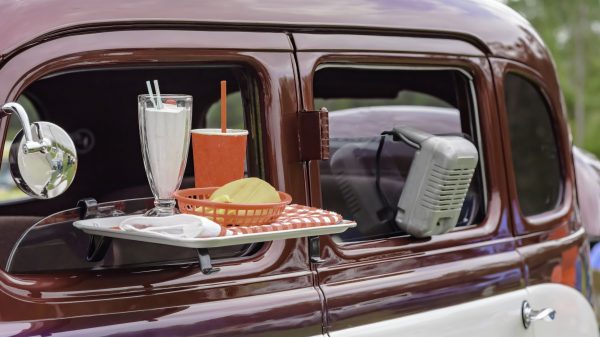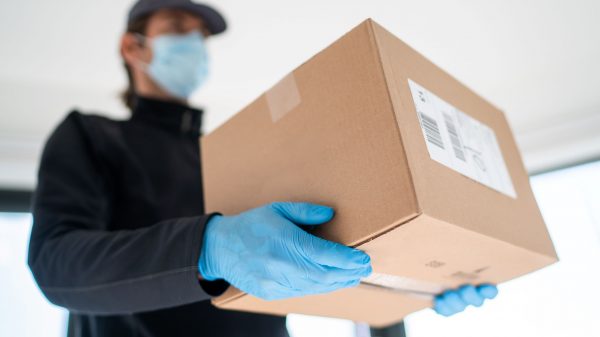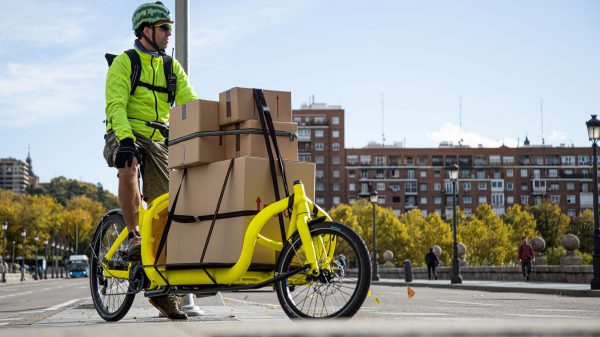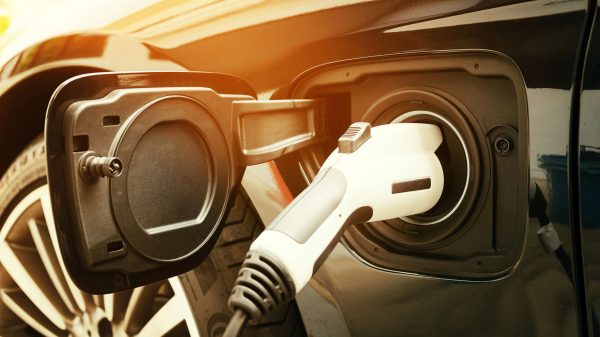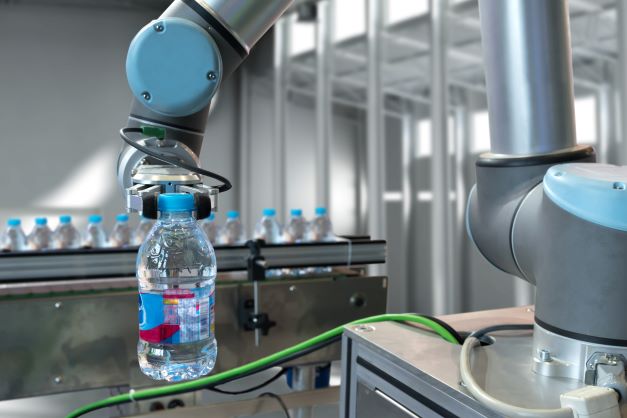Grippers are EOAT (end-of-arm-tooling) devices meant for grasping items. Grippers are crucial components to a robot’s functionality, especially in material handling and pick and place tasks where the machine must dependably pick and place pieces.
Without a suitable gripper, robots cannot perform these tasks. Grasping components, especially in high-volume production lines, has to be precise and consistent to deliver the required efficiency. Gripping technology is advancing as more and more automated machines are built.
Most grippers have precision attaching tops for the mounting of custom-made designed tooling and also for precisely attaching the gripper to a robotic arm. Grippers usually are powered by vacuum, compressed air, or electricity.
Selecting the best robot gripper for your application will be much simpler once you understand the most popular kinds of grippers available. So let’s look at the types of grippers available and the applications of these devices in various industries.
The Various Types of Robotic Grippers Available Today Include:
Hydraulic Grippers
Hydraulic grippers are similar in principle to pneumatic grippers. However, in this case, it’s a fluid that is pressurized rather than air. The pistons then transfer the energy generated to the gripper, causing it to open or close around a component.
Both hydraulic and pneumatic grippers must have pressurized lines running inside them. However, unlike servo-electric grippers, the engine exerting the pressure is situated remotely. This means that one pressurization unit can supply pressure to several machines.
Pneumatic Grippers
Pneumatic grippers depend on the exact pressure from a compressed air supply system. The power generated is used to open and close the gripper. Too much pressure can damage the gripper’s components, and without adequate pressure, the grasped object will be dropped.
Some parallel grippers use pneumatic tech, and their name comes from the gripping tops being perfectly equivalent at all times regardless of the pressure applied. Instead, an exact amount of pressure is applied to the pistons, which then causes the gripper to hold or drop an object.
Servo-Electric Grippers
Servo-electric grippers have electric motors which respond to exact inputs from a computer. The control interface is used to fee instructions to the gripper based on the task to be executed as well as the component’s specifications.
One key benefit of servo-electric grippers is their clean and modernized design. No extra wiring is needed for pneumatic or hydraulic pressure. Instead, all the components required can be found inside the gripper’s frame.
Magnetic Grippers
Magnets can be utilized to fasten any gripper to an articulated robotic arm. In addition, pneumatically triggered magnets or electromagnets can be deployed by a gripper to clamp and manipulate components briefly.
Magnetic grippers are used when handling slender metal components, particularly if the component has holes, enabling the magnetic gripper to create a secure stopper.
Vacuum Grippers
Vacuum grippers depend on suction to grasp components. With adequate suction and structural reinforcement, you can lock onto components and manipulate them with the gripper.
Industrial vacuum grippers can be configured so that they can handle a variety of components such as a small and brittle piece of chocolate as well as a massive and inelastic pile of production materials.
The Applications for Robotic Grippers in Businesses Include:
Assembly Line Tasks
For assembly line tasks, robotic grippers can come in handy. Most assembly line tasks are finished at a single station on the production line. This implies that the gripper situated there must be versatile and capable of grasping various components.
There is categorically no time for changeovers in high-volume production lines, which is why flexible robotic grippers should be used. Robotic grippers also have a programmable stroke that can cut the cycle time of the machine significantly.
Particularly if the stroke can be configured, the gripper doesn’t have to run through its entire stroke before grasping the component. In addition, the gripper can be set slightly wider than the part, which can cut the machine’s cycle time by lessening the gripper’s movement.
Machine Tending
The benefit of using a robotic gripper in machine tending tasks is that some grippers can grasp several various shapes. Most of the time, the shape of the part will change before and after the machining procedure.
This is why you should get a gripper capable of handling the raw and finished components. Otherwise, you will be stuck with an instrument changer, and this can be frustrating as well as time-consuming.
In machining procedures, there could be plenty of fluids involved. Since this can affect the functionality of your gripper, you have to pick a device that can work well in your environment. If your environment has several liquids, ensure that the IP rating of your gripper is at par with the conditions to avoid having problems in the future.
Clean Room Tasks
Laboratories and test centers might need clean air. The ideal gripper for such an environment is an electric on-off gripper because most of them are clean-room rated, and they are meant to be fitted in these kinds of rooms.
Pneumatic grippers, on the other hand, cannot be used in such environments because they will contaminate the air because some of the pressurized air will almost certainly leak.
Lab Automation
Robotic grippers can also be deployed in massive research centers and labs to hold fragile objects such as test tubes and test trays. This means the gripper must have a control interface, which could mean the best gripper for this case is an electric gripper.
Force is simply a setting that can be changed in the grippers control interface such that the force can be adjusted to soft or firm depending on the object being grasped.
In a scenario where the facility uses a pneumatic gripper, the force has to be controlled by adjusting the air pressure. However, if the pressure is not consistent during the working period, the force could be more or less than the required amount, which could cause issues.
Final Thought
All in all, there’re many robotic grippers being built for production lines because companies have begun automating their processes. Recent advances in robotic grippers illustrate the potential of improving speed and accuracy in production lines and overall operations.













